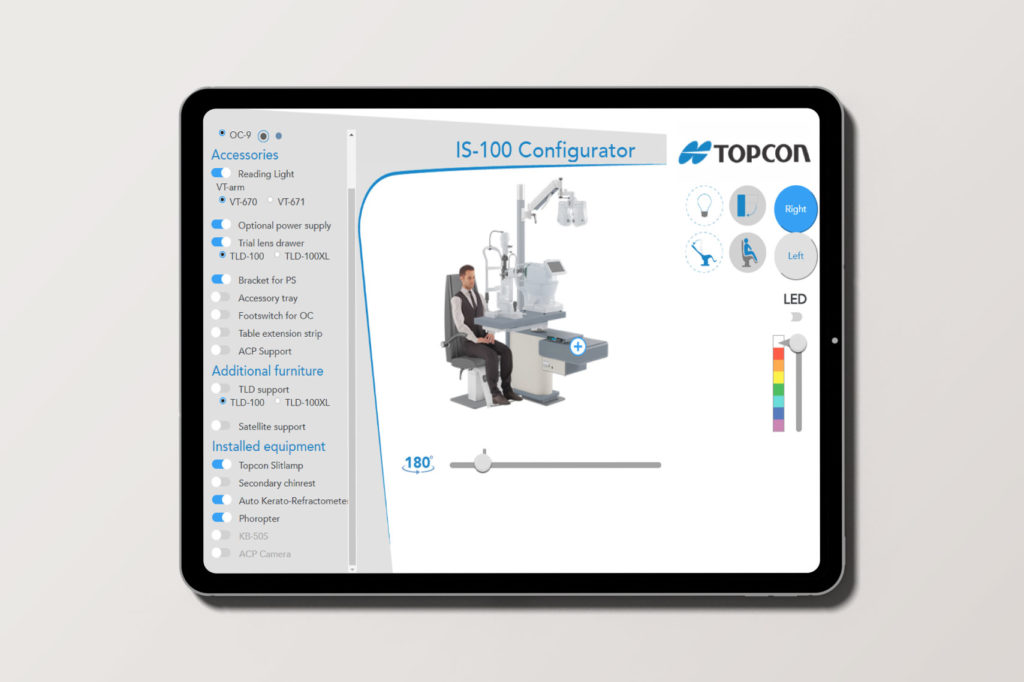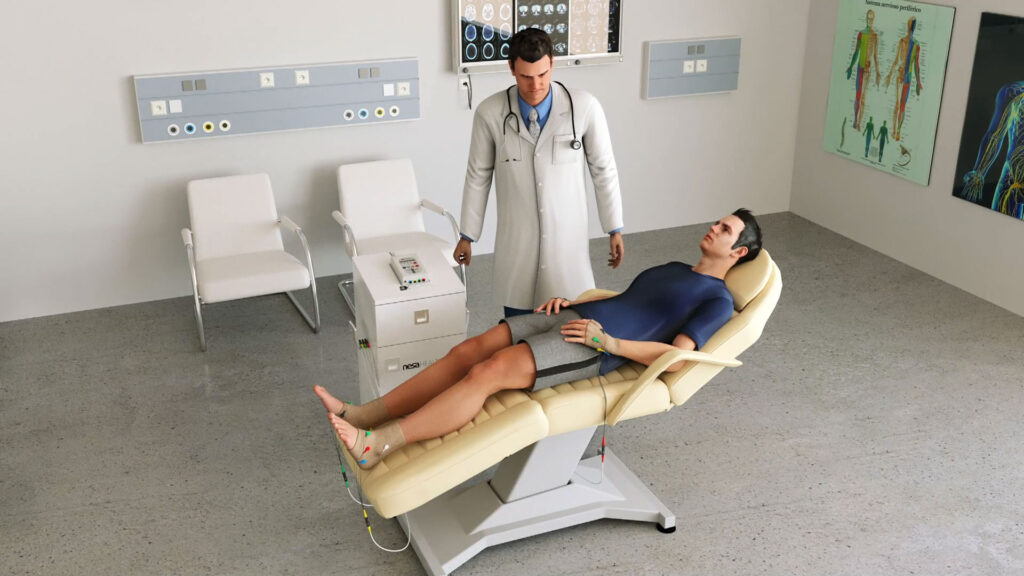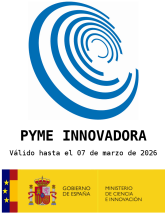Medical Devices

In the medical sector, Augmented Reality can be used for guided surgeries in real medical activities while Virtual Reality is used for training simulators within a virtual operating room as tools and support for the training and for performing medical operations.
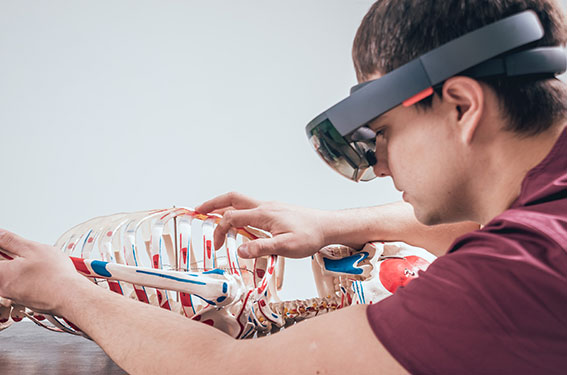
Virtual and Augmented Reality in medicine
Healthcare professionals in the medical devices sector are increasingly using these tools to work online.
Simulators for different operations aimed at surgical training are among the most prominent uses of virtual reality in medicine. In these real medical operation simulators, which offer entirely safe environments, users can practice the different positions and become familiar with the instrumentation used in each case.
With the applications of virtual reality in medicine, we provide this sector with intensive tools to save on logistics and physical training costs. These are just some of the possibilities that AR offers to healthcare.
A notable difference
It is important to differentiate between virtual reality and augmented reality. While augmented reality adds elements to a real scenario, virtual reality “creates” new scenarios that are not combined with a physical scenario.
What is augmented reality in healthcare?
Augmented reality in the medical sector offers solutions that make it possible to visualize the internal parts of a patient by projecting 2D or 3D images in real time, showing the different organs that must be treated in depth and helping to make a decision about the diagnosis.
A great help in medical operations, new visualization and learning methods are offered by augmented reality that provide greater ease to professionals in the medical sector.
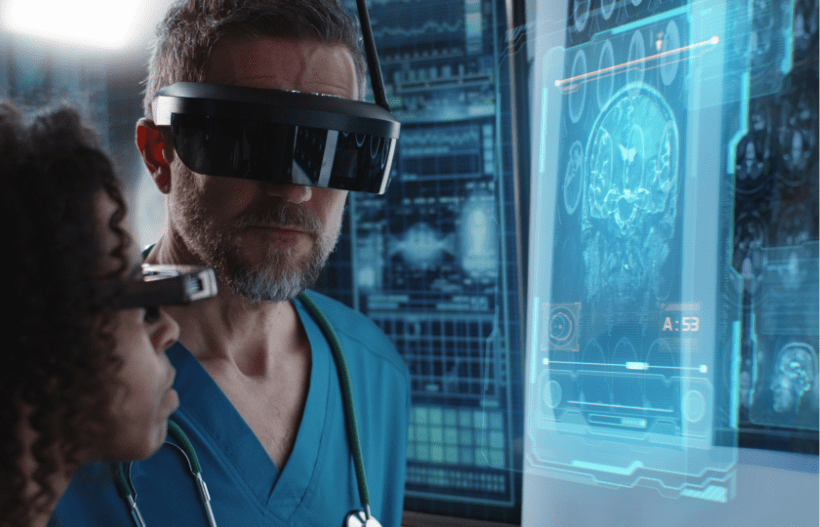
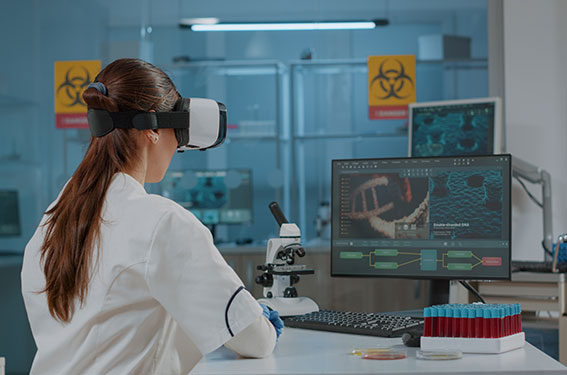
What is virtual reality in medicine?
The use of Virtual Reality in medicine encompasses various fields and uses. Notably, using AR can provide medical professionals with advanced diagnostic tools within safe environments.
Simulations
With VR in medicine, physicians can develop different applications for a variety of diseases in which they can simulate processes that users may respond to differently.
The use of virtual reality applications in medicine can go far beyond training and visualizing 3D forms to provide useful tools for treating diseases.
What are the applications of augmented reality in medicine?
The applications of AR in medicine consist of combining components such as images and 3D models with real elements. This provides great advantages in visualizing the different parts of the human body and anatomy as the organs of the human body can be visualized in depth, users can handle, move, rotate, and touch elements, and show animations of their operation.
Augmented reality in the surgical field
Another application of augmented reality in medicine is in the surgical field. This technology provides an improved and in-depth view of the surgical field.
New possibilities
Currently, augmented reality in medicine produces new possibilities for interpreting previously unavailable information, opening up new ways to understand and recognize data, process it into information, and easily convert it into knowledge.
Medicine relies on augmented reality to supplement information that is available in other formats. Overlaying images on 3D objects is useful for these purposes.
Augmented reality is incredibly useful in promoting medical training that helps improve accuracy for surgeons, for example.

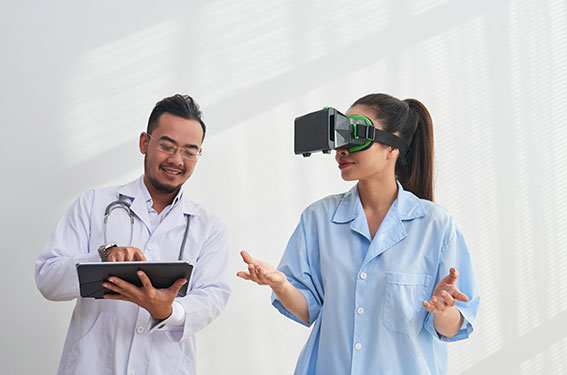
What are the uses of virtual reality in medicine?
In addition to its use in training, surgery, or drug design, virtual reality in medicine also makes telemedicine (monitoring, examinations, or remote patient operations) possible.
Thanks to VR, a surgeon at a hospital can remotely operate a robot that will perform surgery in an operating room at another hospital.
New technologies
New technologies, as well as 5G and low latency, make it increasingly possible to use these technologies in remote and online operations.
How can we apply virtual reality in medicine and other areas?
The most prominent applications of virtual reality in medicine include:
- Vocational and practical training for residents.
- Operation simulators, different use cases.
- Presenting products to the pharmaceutical sector, virtual visits to laboratories, showrooms.
- Treatment of phobias such as psychological disorders, or irrational fears, that some people display when faced with certain situations or things. These can include, for example, animals, heights, blood, darkness, enclosed spaces, or public speaking.
- Virtual reality is intended to progressively expose patients to their fears in an artificial, safe environment in which the doctor can control the parameters.

The use of 3D as an explanatory tool
There are many ways to explain how a medical device works, whether through real photos or promotional videos. The use of 3D images or videos allows us not only to show and explain how a device works, even the inside of it, but we can also show what effects it produces on a possible patient in the event that the device is involved in a certain type of procedure.
Interactive configurators with multiple options
In the medical device industry, it is very common for the same device to have several configuration levels depending on the needs that a healthcare centre may have. Therefore, having an online development that makes it possible to view different configurations and enable users to select the plugins they need represents a highly visual online tool with large sales possibilities for the product.

